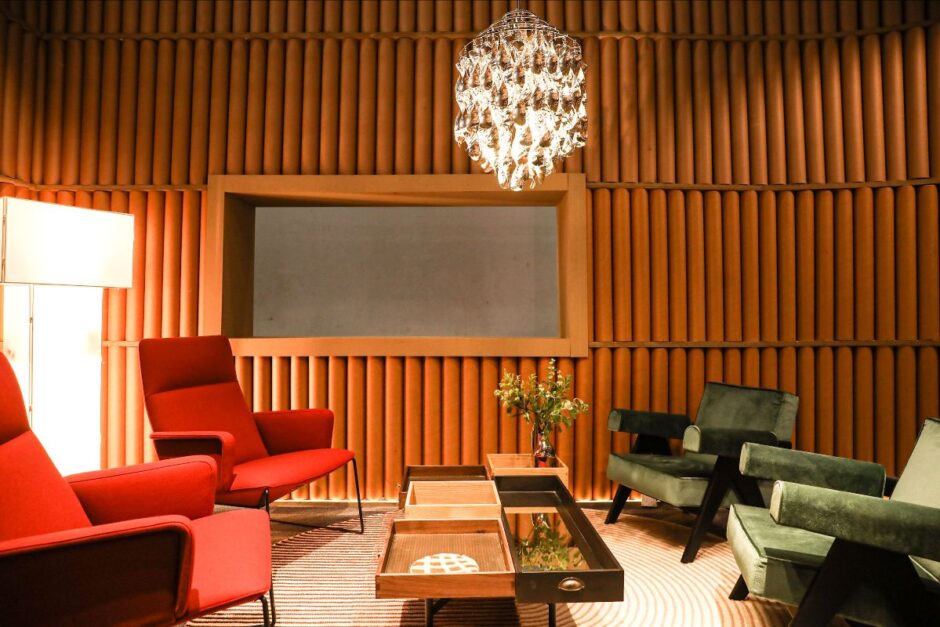DESIGN CHINA BEIJING SPOTLIGHTS THE TRANSFORMATIVE POWER OF DESIGN WITH INNOVATIVE IDEAS FOR BUILDING A SUSTAINABLE FUTURE.
The industry’s largest concentration of architectural and design thought leaders came together alongside pioneering brands and manufacturers this September to share ideas, reveal products and new materials, and exchange global perspectives at the fourth edition of Design China Beijing. From the creators of Asia’s most influential global design event, Design Shanghai, Design China Beijing played a pivotal role in this year’s global design calendar, taking place from 24th to 27th September in a four-day event as part of Beijing International Design Week.
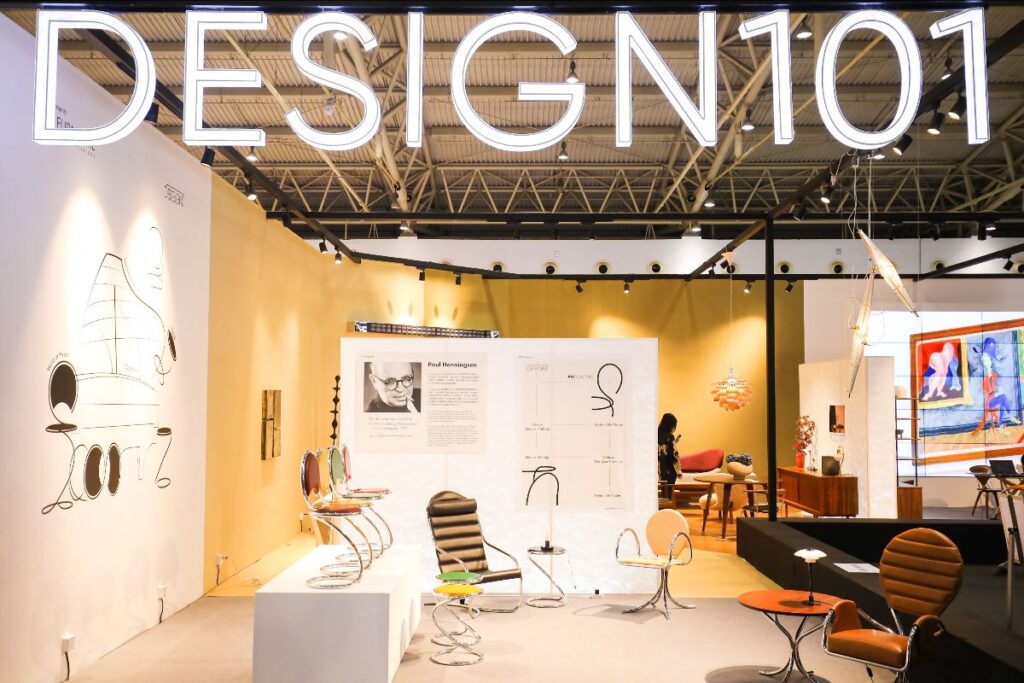
This year, Design China Beijing was centred around the theme of ‘Nature, Nurture and Sustainable Beauty,’ pushing ‘beyond sustainability’ amid global climate crisis concerns and going further than its role as an industry trade fair. The show became a social and trade event that raised awareness and promoted ideas of ‘Sustainability 2.0’. Set across 12,000² metres of Beijing’s remarkable National Agricultural Exhibition Centre in China’s capital city, over 100 pioneering designers, academics and thought-leaders including some of China’s most exciting brands, both established and emerging, gathered to showcase their commitment to Sustainable and Regenerative Design. With a focus on deepening the concept of sustainability, architectural and urban innovation and new modes of cultural and social interaction through design, Design China Beijing highlighted industrial research and the application of new environmentally friendly materials in the design field, with a unique global perspective.
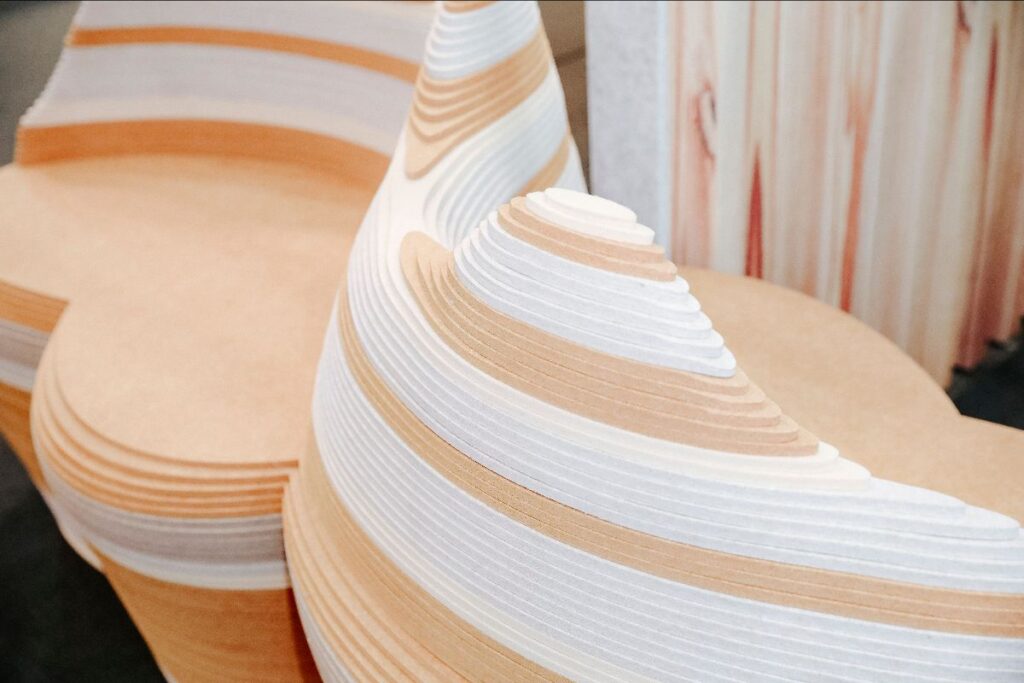
“In the realm of sustainable global development, we as design practitioners shoulder a heavy responsibility. Leading the call and developing solutions is the design world’s mission. Only when designers create sustainable ‘beautiful’ work can the public turn their attention to changes in thinking and attitudes. ‘Sustainable design’ should not only be sustainable, but also renewable and repairable. It is a key theme in the construction of future urban spaces, and it will also lead to the transformation of global design trends,” comments Design China Beijing’s Show Director, Zhuo Tan.
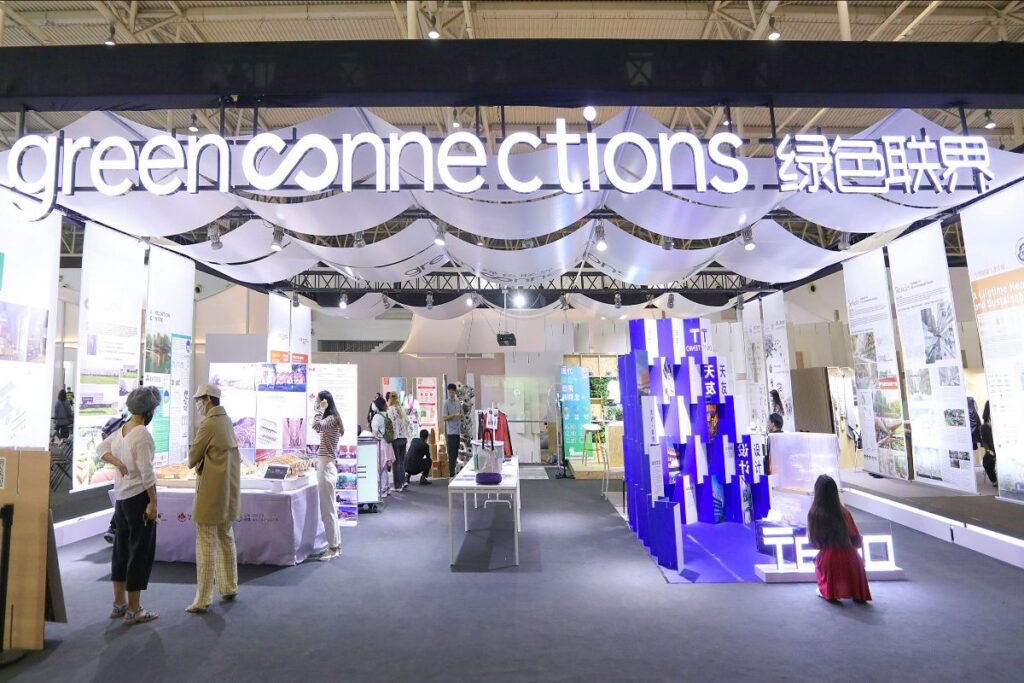
An annual highlight of Design China Beijing is the world-renowned design forum, this year returning with a roster of over 40 design icons, global industry leaders, visionaries, and innovators. Over four days, this highly regarded thought leadership platform grappled with the theme ‘Nature, Nurture and Sustainable Beauty’. Spanning design disciplines from across the world, influential speakers explored the cultural shift towards Sustainable Design as a response to social and environmental needs in China and beyond.
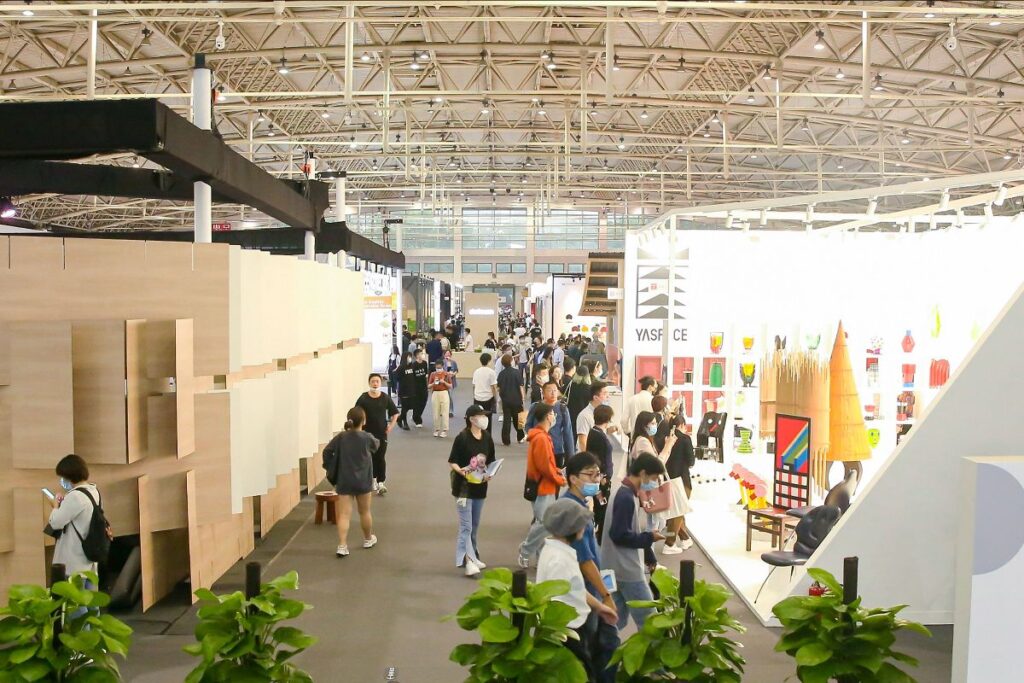
| Stirling prize winner Amanda Levete of AL_A architects took to the stage virtually and explored the use of natural materials in an entirely new way; hinting at her work on the impressive central London Debenhams building, a now-redundant department store, which proposes urban agriculture as a way of bringing nature into the heart of the city. Dutch ‘bio-designer’ Teresa van Dongen, a trained biologist, innovates with ‘carbon-capture materials’. Teresa highlighted the production technique which creates less waste carbon dioxide than they consume. In the true spirit of recycled design, the outcome includes a lightweight concrete, ‘olivine’ paper, and even a zero carbon vodka that consumes more carbon dioxide than it generates. |
| Sean Affleck of the Hong Kong studio of MAKE Architects, explained ‘Living Architecture’ – the practice’s Venice Biennale entry which proposes a radical nature-based approach to the greening of the world’s most high-rise city. The idea of ‘growing buildings’ is not new – scientific and architectural researchers have been working on it for a generation – but this takes another step forward in organic architecture. The trees themselves – Hong Kong’s ecosystem of giant ficus banyan trees – become the structures. There is no doubt that the level of invention and innovation amongst practitioners like these is leading the way, and pushing far far ahead – ‘beyond sustainability’. |
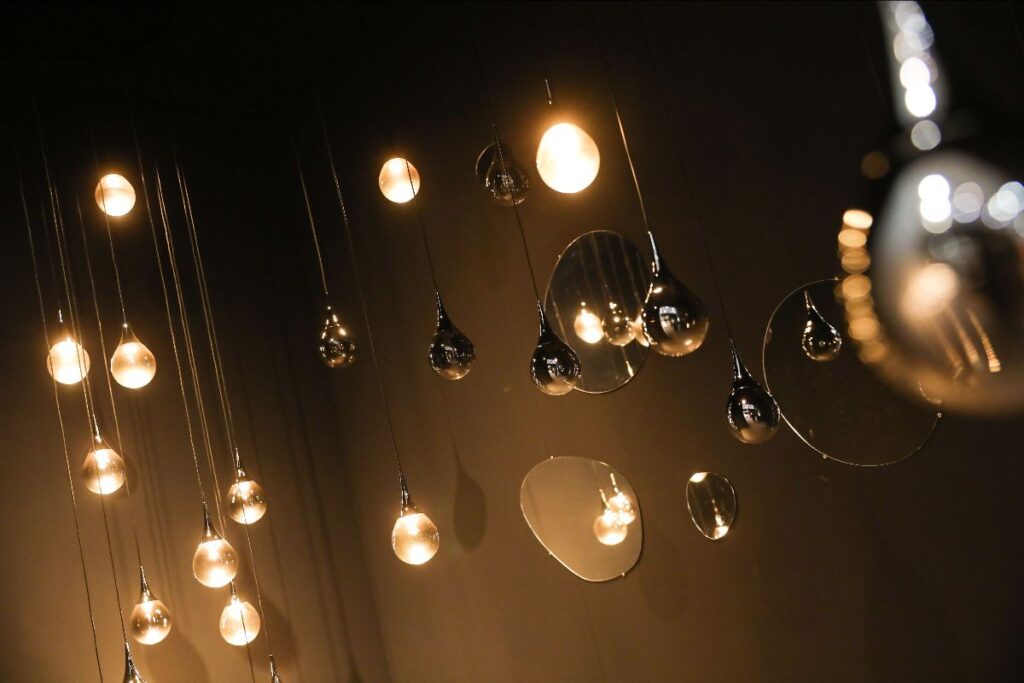
As a premium platform for international brands to gain visibility in China, Design China Beijing has always attracted design brands from around the world. This year’s event attracted over 100 pioneering international and Chinese brands presenting new products and collection launches.
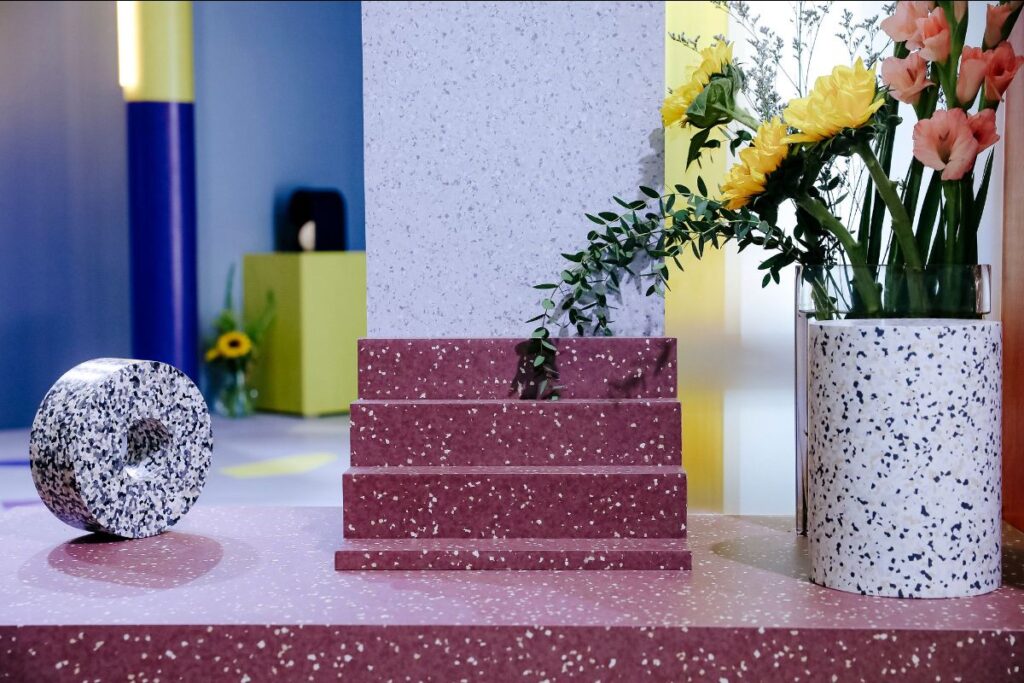
British paint brand Mylands brought their latest collections of water-based paint to the show. Mylands paints have a low VOC (Volatile Organic Compounds) content, making them virtually solvent free and kinder to the environment. Aquafil, a global leader in the synthetic fibres industry and a pioneer in quality, innovation and sustainability, presented ECONYL®, a regenerated nylon product. ECONYL® has developed closed loop regeneration processes to deliver brand new sustainable products. Leader in performance fabric, Sunbrella, launched a new Odyssey collection designed by Christophe Catteau and office furniture innovator Interstuhl showcased their efforts to integrate and consolidate sustainable thinking into the company as a whole; by using renewable energy, such as district heating and solar energy, Interstuhl save approximately 243 tons of CO2 annually
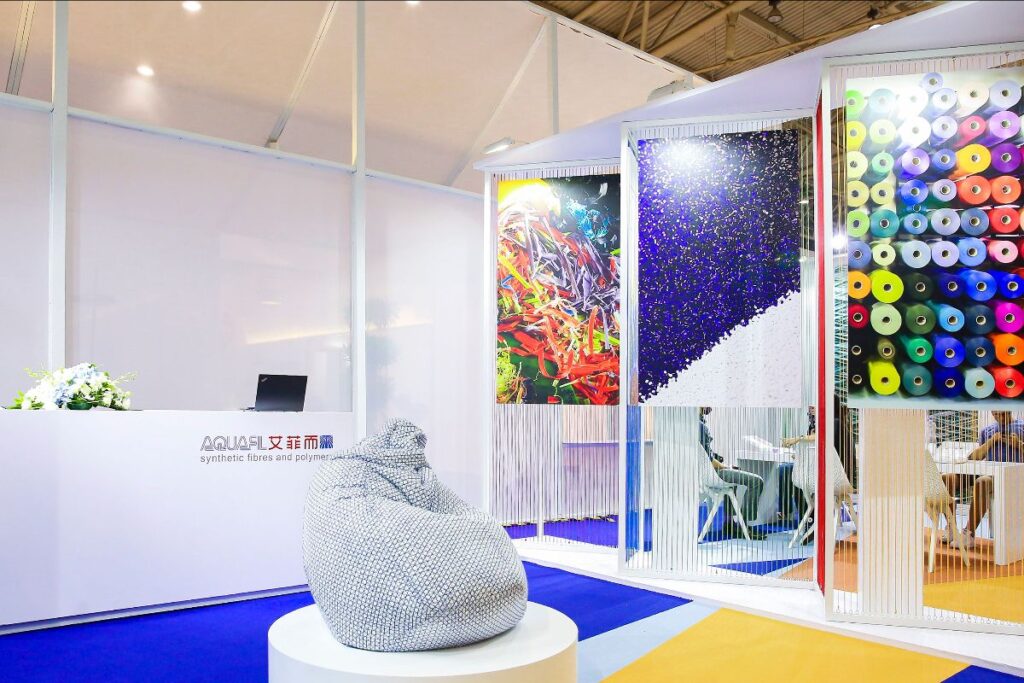
German high-end flooring brand Parador launched a series of new collections combining the art of living and functionality and 3M brought together science, technology, creativity and innovation to launch 3M™ DI-NOC™ architectural finishes at the show. Living Italypresented six leading Italian brands including ALTACORTE, CACCARO, SCAVOLINI, STELLA DEL MOBILE, TARGETTI and VIMAR whilst Chinese dealer Design 101presented a curated series of designs by Danish architect Poul Henningsen. Chinese-based Memphis Group-inspired exhibition space, Ya Space presented iconic designs from Corsi Design, Memphis Milano and Cibic Workshop.
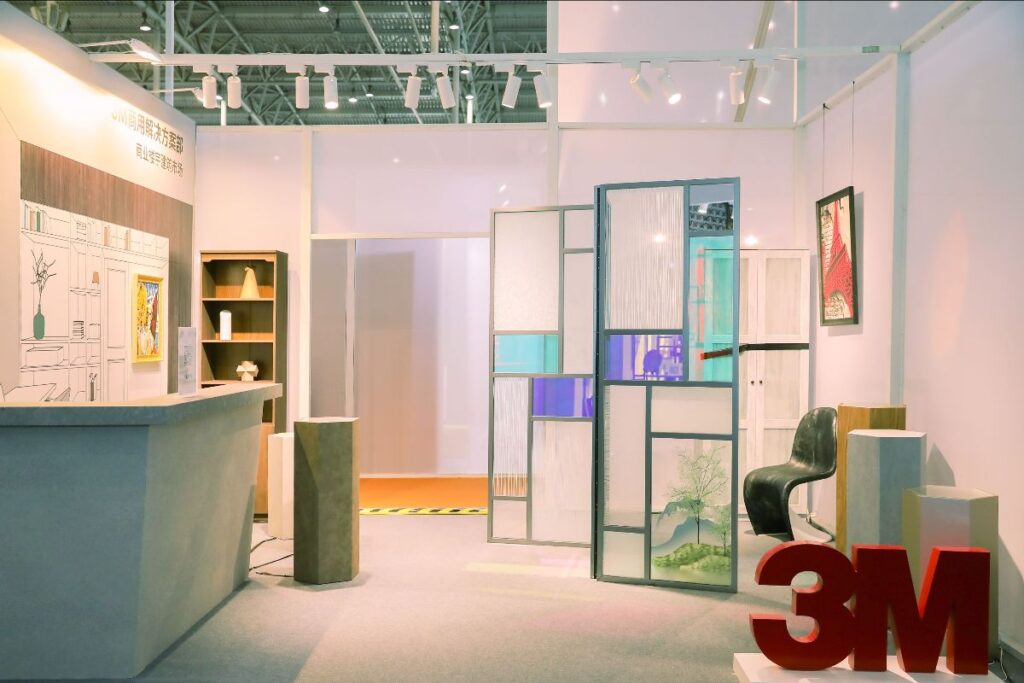
China’s leading art and design school, Central Academy of Fine Arts (CAFA) presented a showcase of up-and-coming design talent and Yi Design introduced their new material made from ceramic waste with The Regeneration Tree, a sculpture by Aldo Cibic. There are 18 Million tons of ceramic waste produced annually in China and Yi Design collected and recycled this waste to develop a new material, which is 90% recycled, strong, light and porous. Bricks made from this material can absorb and re-use rainwater, thus helping to build ‘Sponge Cities’.
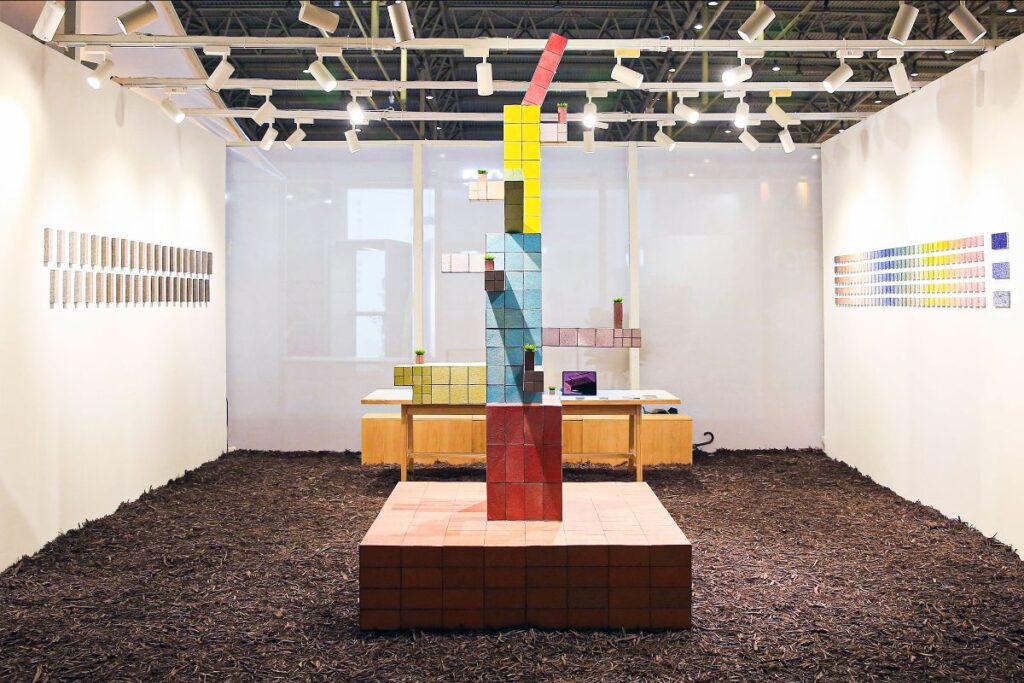
Green Connections, initiated by Design China Beijing and Jae Li, an international designer, curator, and educator with distinctive award-winning creative design experiences, was a cross-disciplinary design industry leadership platform and exhibition area, which brought together leaders in various sustainable design and innovation realms. Several forum discussions took place at Design China Beijing this year under the Green Connections banner, ‘The Green City’, ‘Green Architecture’, ‘Green Real Estate’ and ‘Green Materials and Innovation’ featuring global industry leaders such as Vishaan Chakrabarti, Dean of UC Berkeley’s College of Environmental Design; Dr. Wei Yang (杨葳), Professor of Architecture, Tianjin University; Albert Chan (陈建邦), Director of Development, Planning & Design, Shui On Land and Susan Zhu, EHS & Sustainability Director of Robert Bosch. Through workshops, exhibits and collaborative projects, the Green Connections community is dedicated to sharing the most cutting edge sustainable design trends and ideas, and is searching for the best sustainable practices in future design.
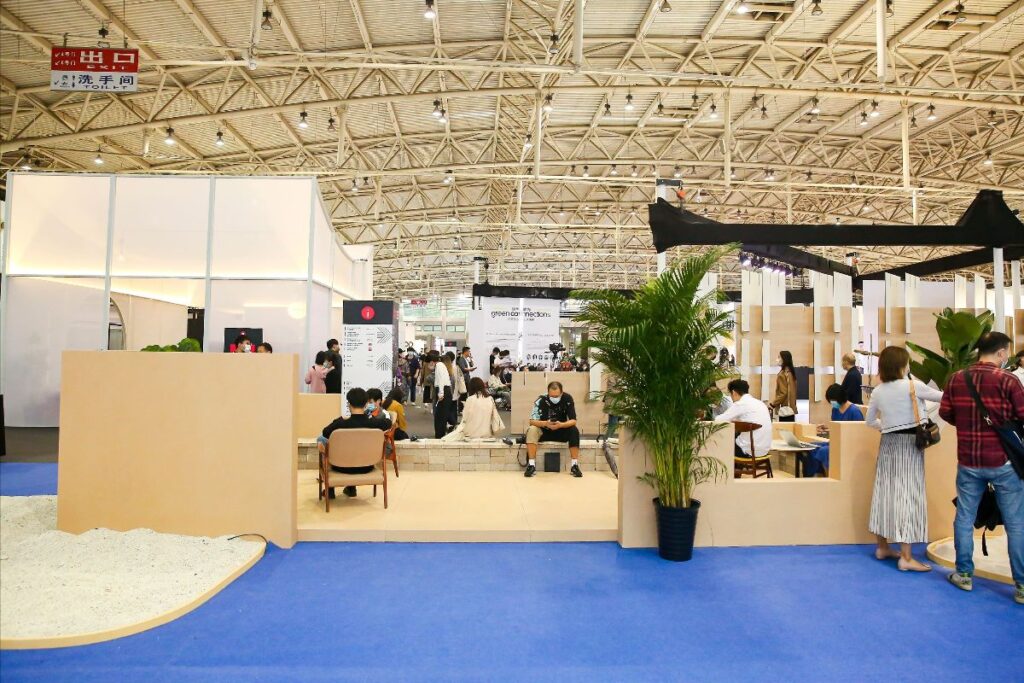
The bespokely curated Unfinished Garden located at the entrance of the show led visitors to the Sustainable Hutong area. Designed by the Founder of Studio YUDA, Guo Yuchen, the concept created a groundbreaking environment and social area utilizing recycled low-carbon materials (ceramic waste) as an example of new materials applications.
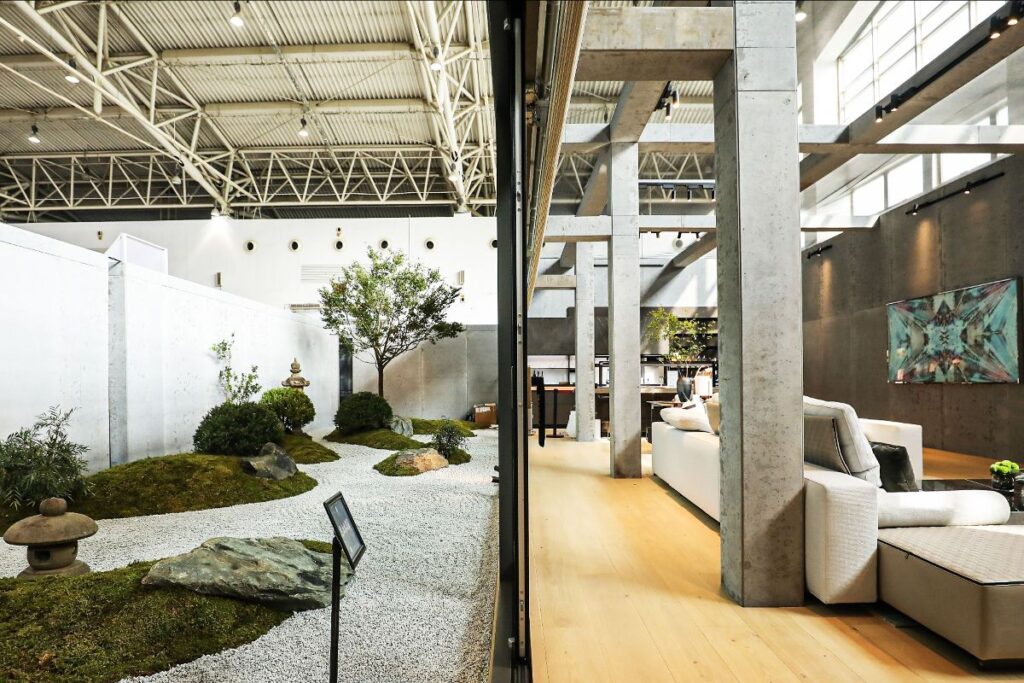
WAD World Youth Designer Conference presented a concept space designed by Zhijun Feng to illustrate a super-prime residential ‘green’ property exploring how luxury and sustainability can work together. WAD believes that no matter how a city develops and changes, regeneration and sustainability must remain the top priorities. WAD is an annual international design event initiated by China, which is held in a ‘young development city’ around the world each year inviting outstanding young designers from different countries and regions to collaborate.
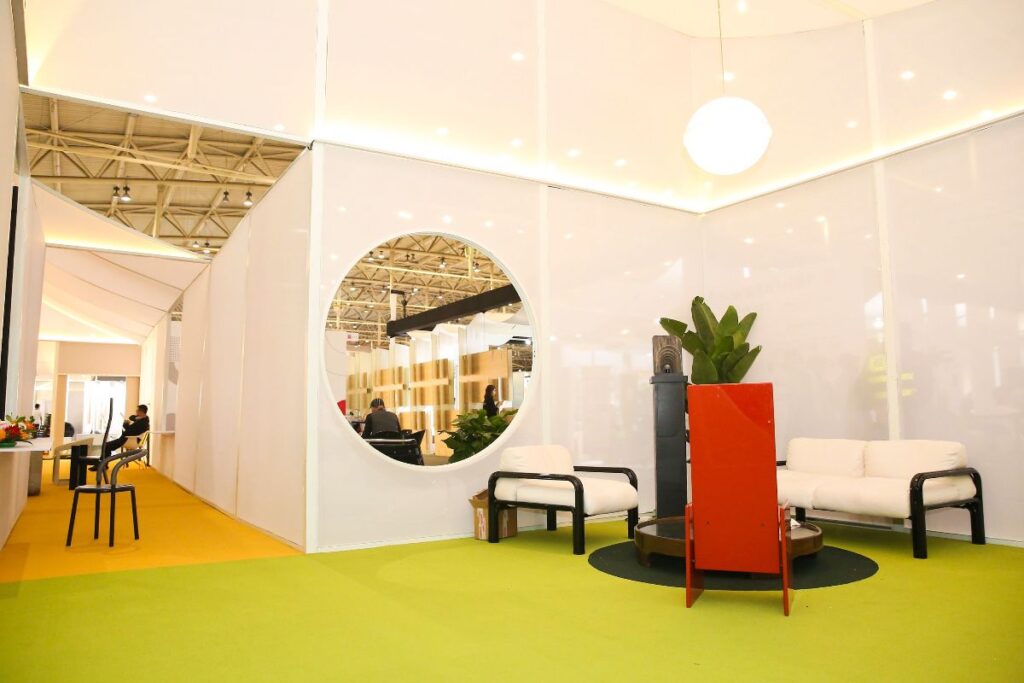
Another brand new addition to the show this year was the conceptual ‘Sustainable Hutong’ area designed by architect and designer Guo Yuchen. These traditional residential courtyards are typical of old Beijing, and modernised architectural concepts have become topical in China in recent years with high profile architects and cultural institutions developing modern-day takes on the traditional Hutong. Design China Beijing’s Sustainable Hutong is based on the concept of public space as a shared resource of the community, with the design of the space directly affecting the interaction between community members. The Sustainable Hutong was a curatorial grid-like layout and innovative materials lab which explored the impact of rapid urbanisation and the concept of public space as a community shared resource, and ultimately how the design of that space directly affects the interaction between community members. The creation of ‘sustainable hutongs’ is an example of sustainable space design that can continuously adapt to the development of the times, taking historically significant Beijing landmarks and developing them together with urban space in a longer-term sustainable manner.
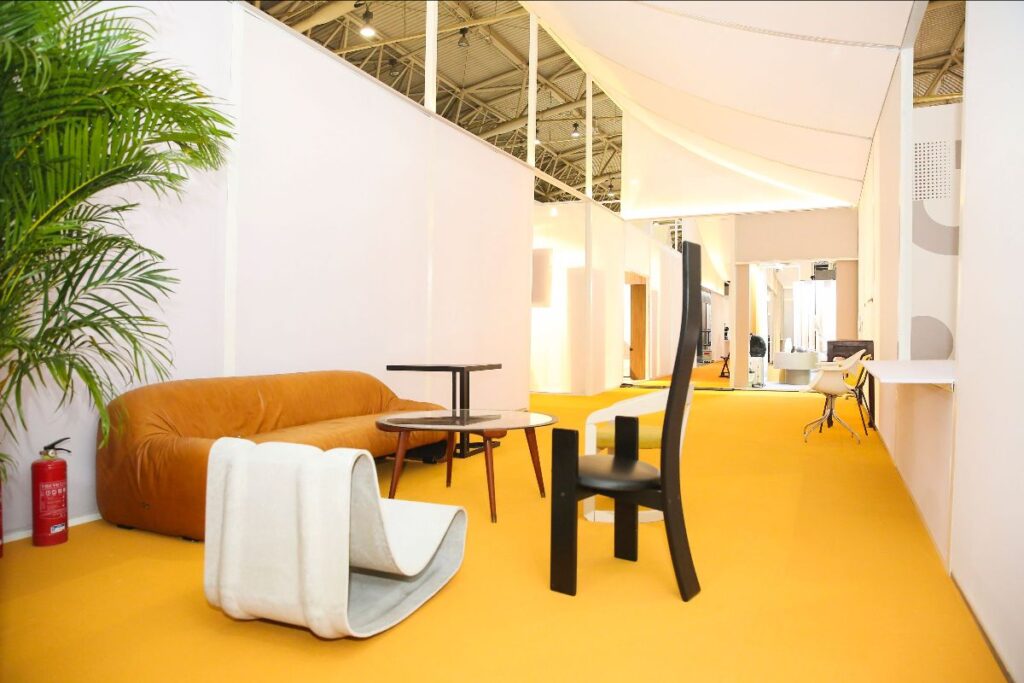
As a leading international working environment designer and furniture supplier, PWGcreates the ultimate office space to meet the changing needs of a new generation of working environments. At Design China Beijing, PWG presented included VITRA, Verpan and &Tradition plus many more.
As part of the Design Shanghai portfolio, which now covers three key cultural and commercial hubs in China, Design China Beijing will be followed by Design Shenzhen, launching for the first time 9th-12th December 2021.
These must-see events in the international design landscape further strengthen China’s position as the world’s biggest design market. With innovative projects being developed across Beijing and Shanghai, led by the world’s key players in design and architecture, further establishes China’s significance to the global design community.

